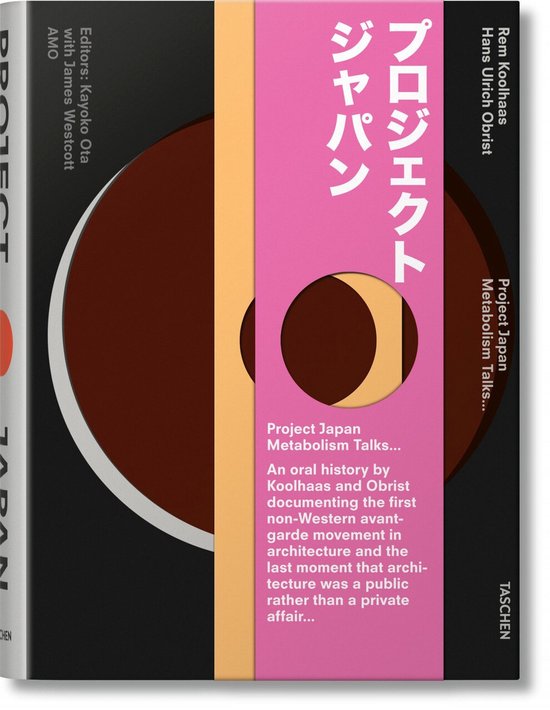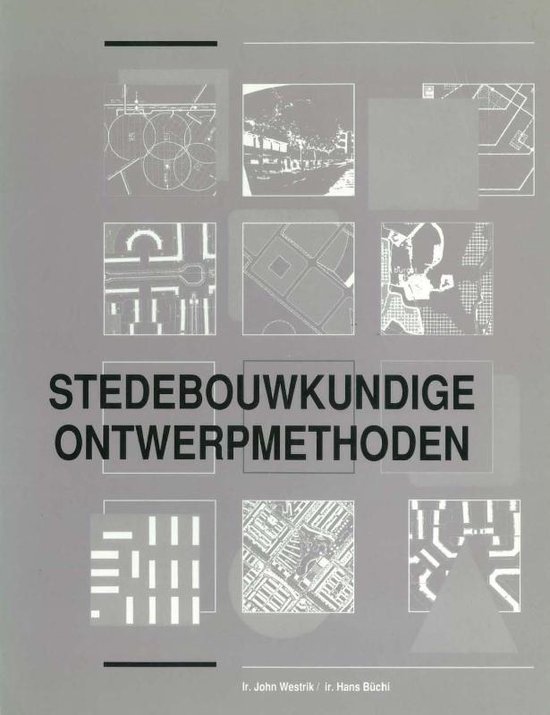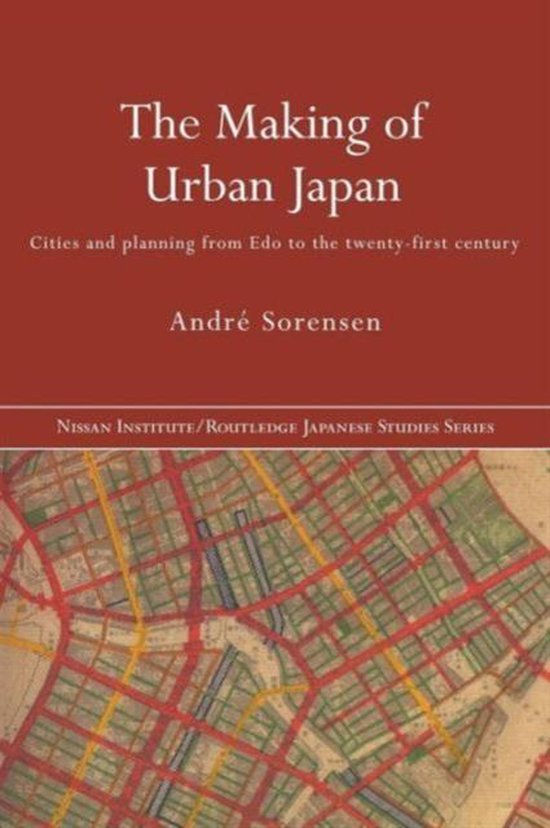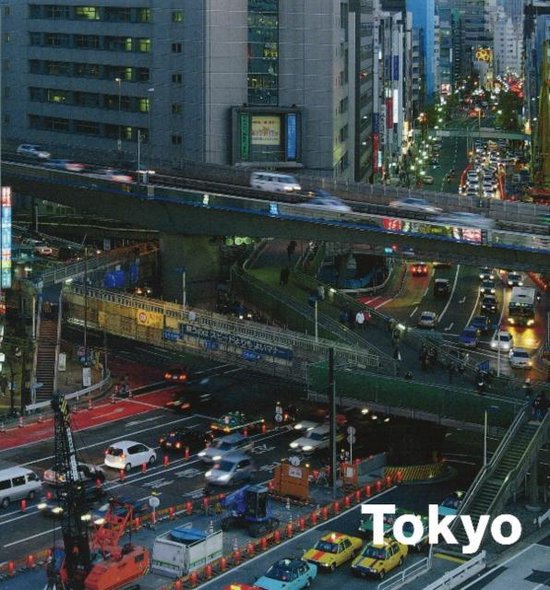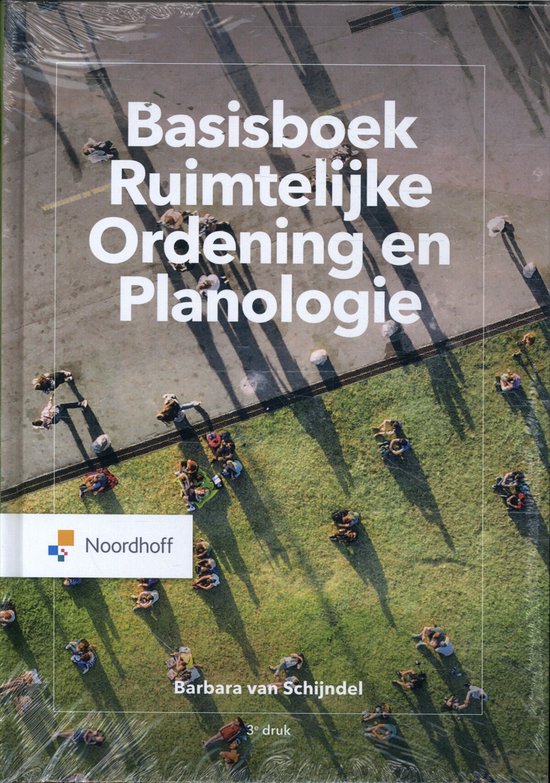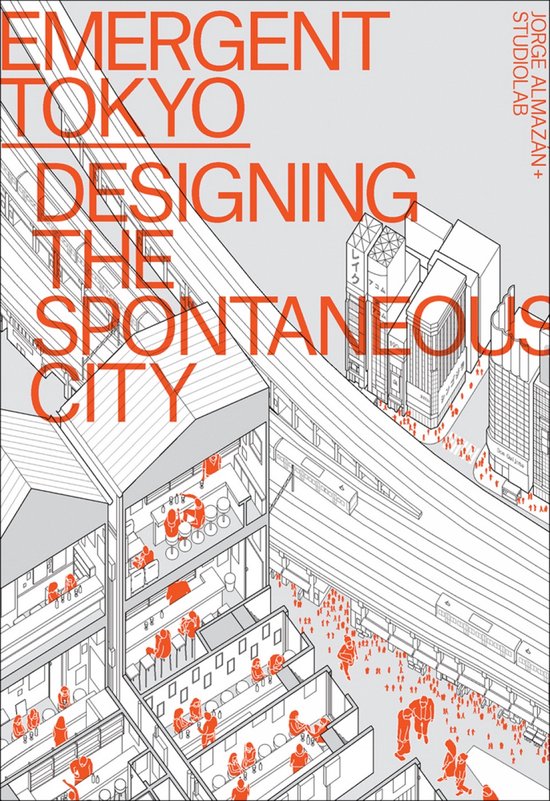
Emergent Tokyo
"A clearly articulated manifesto for those trying to preserve Tokyo’s emergent properties, Emergent Tokyo helps distil lessons for other cities"
—Benjamin Bansal, Urban Studies Journal
This book examines the urban fabric of contemporary Tokyo as a valuable demonstration of permeable, inclusive, and adaptive urban patterns that required neither extensive master planning nor corporate urbanism to develop. These urban patterns are emergent: that is, they are the combined result of numerous modifications and appropriations of space by small agents interacting within a broader socio-economic ecosystem. Together, they create a degree of urban intensity and liveliness that is the envy of the world's cities.
This book examines five of these patterns that appear conspicuously throughout Tokyo: yokocho alleyways, multi-tenant zakkyo buildings, undertrack infills, low-rise dense neighbourhoods, and the river-like ankyo streets. Unlike many of the discussions on Tokyo that emphasise cultural uniqueness, this book aims at transcultural validity, with a focus on empirical analysis of the spatial and social conditions that allow these patterns to emerge. The authors of Emergent Tokyo acknowledge the distinct character of Tokyo without essentialising or fetishising it, offering visitors, architects, and urban policy practitioners an unparalleled understanding of Tokyo's urban landscape.
| Auteur | | Jorge Almazan |
| Taal | | Engels |
| Type | | Paperback |
| Categorie | | Mens & Maatschappij |
